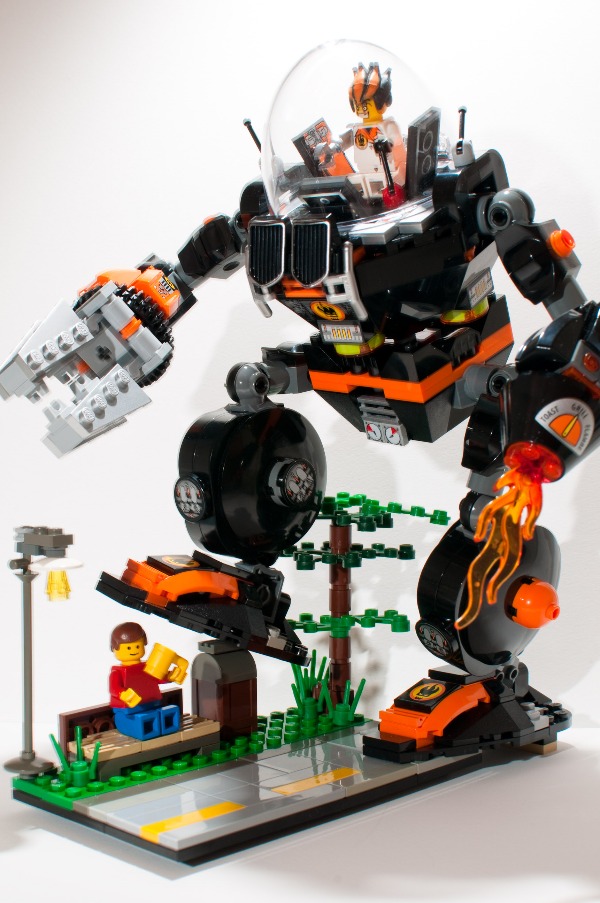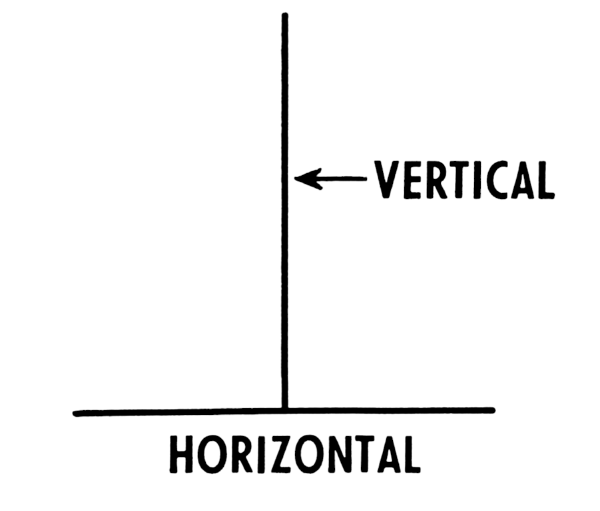Are You Ready for HTTPS?

A post from Doc Searls reminds me that “Google Condemns the Archival Web.” What web is that? It is the one when the URL is HTTP rather than HTTPS – the “S” for “secure.” Google’s Chrome browser will mark all those older pages as “insecure” this summer, possibly striking fear in the clicking fingers of many users.
Google says: “For the past several years, we’ve moved toward a more secure web by strongly advocating that sites adopt HTTPS encryption…Beginning in July 2018 with the release of Chrome 68, Chrome will mark all HTTP sites as ‘not secure’ on every current Chrome browser.”
So many “legacy” websites created in the days of yore, though they will still exist, will have a kind of Google crime tape around them. Will people dare to enter, or be scared off? I would assume all those insecure sites will see a drop off in visitors.
 So why doesn’t everyone just fix what Google says to fix and make their site “secure?” Well, there is some cost in money and/or time. For plain old folks who aren’t web wizards, they may not even know what needs to be done. There are old sites that no longer have an owner or webmaster but still exist on the World Wide Web that becomes more of a museum each year. For many sites -like blogs – there is no “cost benefit” to upgrading.
So why doesn’t everyone just fix what Google says to fix and make their site “secure?” Well, there is some cost in money and/or time. For plain old folks who aren’t web wizards, they may not even know what needs to be done. There are old sites that no longer have an owner or webmaster but still exist on the World Wide Web that becomes more of a museum each year. For many sites -like blogs – there is no “cost benefit” to upgrading.
As of this writing this site is http://www.serendipity35.net without the magic "S." Will Brother Tim come to the rescue like a caped web crusader and make everything secure and Chrome-ready?
What happens if you use another browser like Firefox or Safari? I assume all will be well. For now. And you will be able to sneak under that police tape to those other sites – but you have been warned.
Google trumpets that developers have been transitioning their sites to HTTPS and that “progress last year was incredible” – Over 68% of Chrome traffic on both Android and Windows is now protected and over 78% of Chrome traffic on both Chrome OS and Mac is now protected. I am a bit surprised that though they trumpet this stat: “81 of the top 100 sites on the web use HTTPS by default” I would have thought that 100% of the top 100 sites would have complied.
This in the same week that it is announced that Wikispaces is shutting down. Soon young kids will ask what you mean when you say “Internet.”
Make a mental note for July so that you’re not shocked when you see some warning signs on the information superhighway.

 In microeconomics and management, going vertical or vertical integration occurs when the supply chain of a company is owned by that company. For example, if a car manufacturer also produces its own steel, tires and batteries.
In microeconomics and management, going vertical or vertical integration occurs when the supply chain of a company is owned by that company. For example, if a car manufacturer also produces its own steel, tires and batteries. I first encountered a chatterbot, it was ELIZA in the first computer lab in the junior high school where I taught in the 1970s.
I first encountered a chatterbot, it was ELIZA in the first computer lab in the junior high school where I taught in the 1970s.